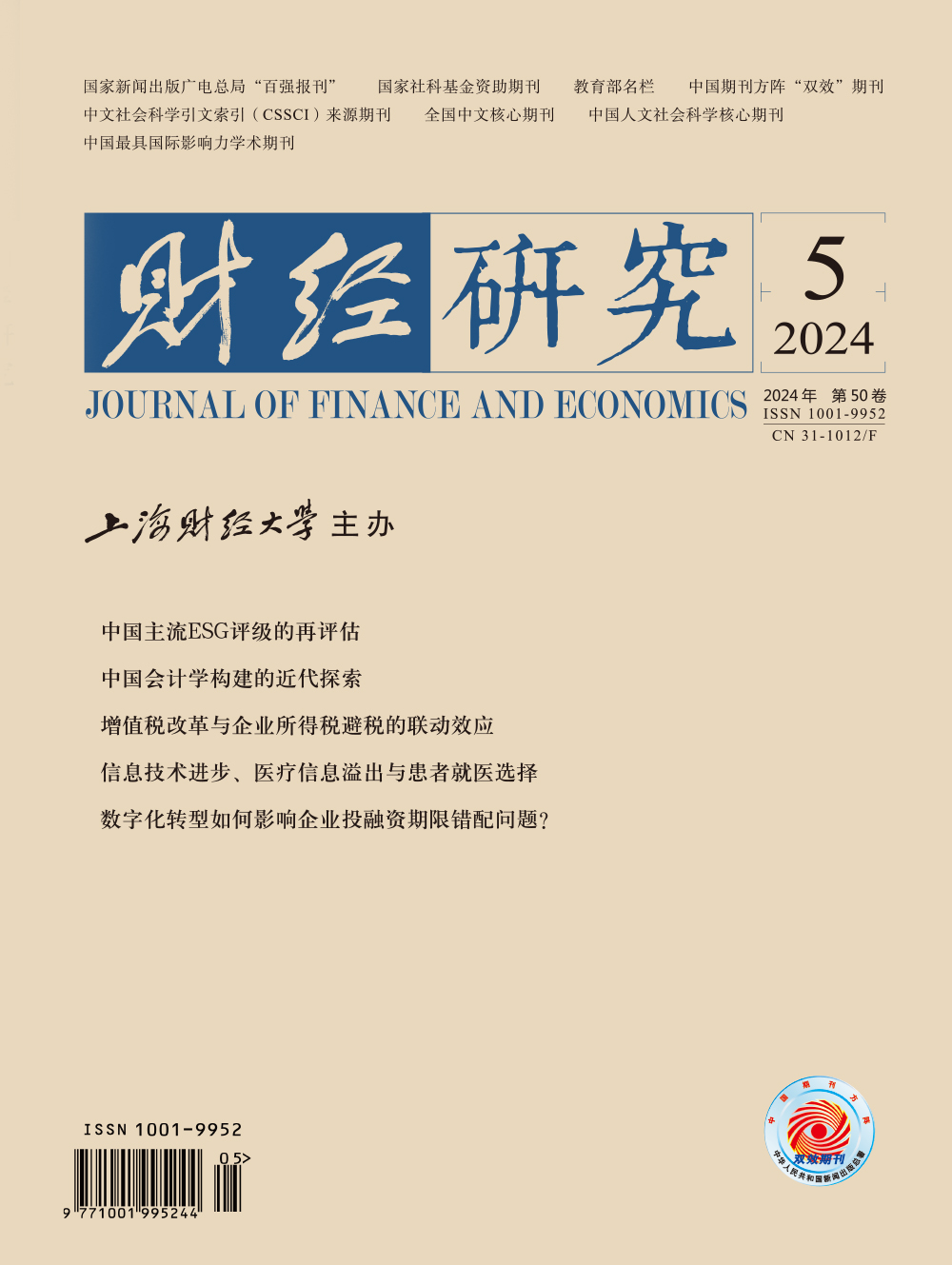The significance of ESG principles in corporate governance is becoming increasingly evident. However, the absence of unified ESG rating standards in China results in substantial divergence in ESG ratings for the same company among various domestic professional institutions. This inconsistency diminishes the scientific validity and precision of ESG rating outcomes, causing confusion for investors in assessing company information and making informed investment decisions.
This paper focuses on eight domestic ESG rating agencies that cover China’s A-share listed companies. Based on ESG rating data and listed company data from 2009 to 2021, qualitative research and empirical analysis methods are employed to reassess their rating systems across five dimensions: scientific validity, reliability, transparency, relevance, and predictability. The reassessment reveals that some domestic ESG rating agencies are able to establish a scientific ESG evaluation system by integrating international standards with China’s unique conditions. Reliable data sources and methodologies, along with transparency in rating information disclosure, are identified as important factors leading to rating divergence among various institutions. Furthermore, relevance and predictability tests provide direct evidence for comparing these differences, showing an overall lower correlation of leading institutions’ rating results and the need for improvement in some institutions’ ability to forecast companies’ future earnings and risks.
The contributions of this paper are that: First, from a theoretical framework perspective, it establishes a more objective reassessment system, exploring the underlying reasons for the scientific construction of rating systems, data reliability, transparency of information disclosure, relevance of rating results, and predictability, offering practical insights for ESG investors and serves as a valuable reference for future research in this field. Second, it establishes a comprehensive and detailed ESG reassessing database, and delves into the evaluation criteria, operational processes, and operating mechanisms of ESG rating agencies, offering a fresh perspective for critical thinking among scholars and investors, and laying the groundwork for subsequent empirical analysis.
This paper serves as a reference for investors, aiding them in making informed decisions when faced with diverse ESG rating agency information. It also offers insights for advancing the construction of Chinese ESG rating system that strikes a balance between internationalization and localizations.





 5068
5068  18439
18439

